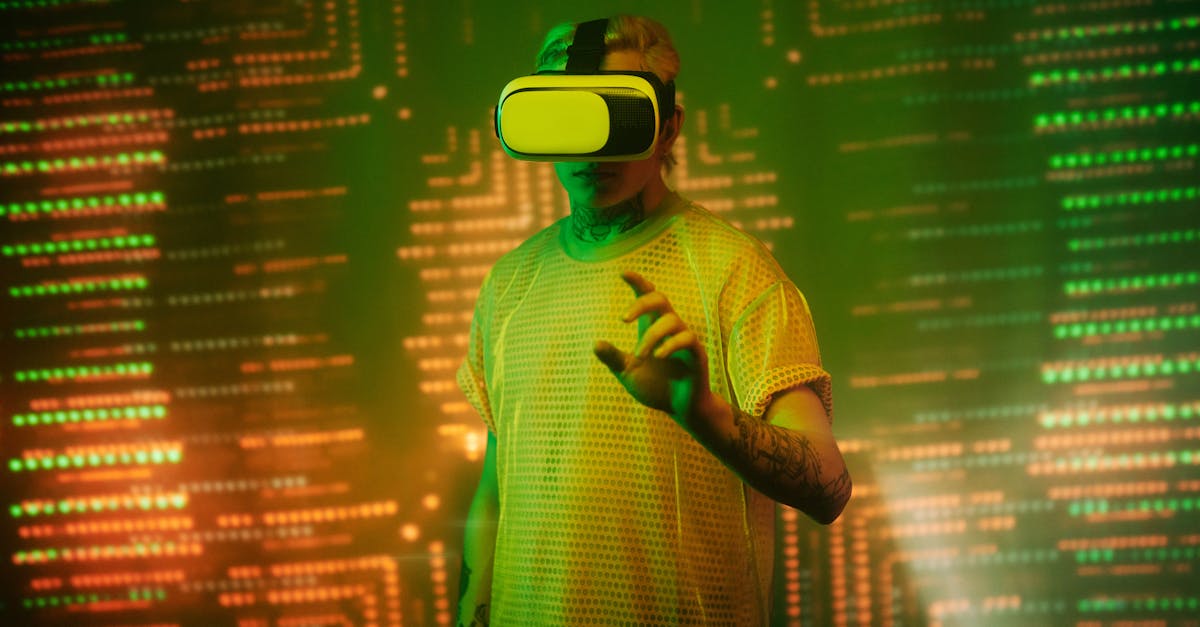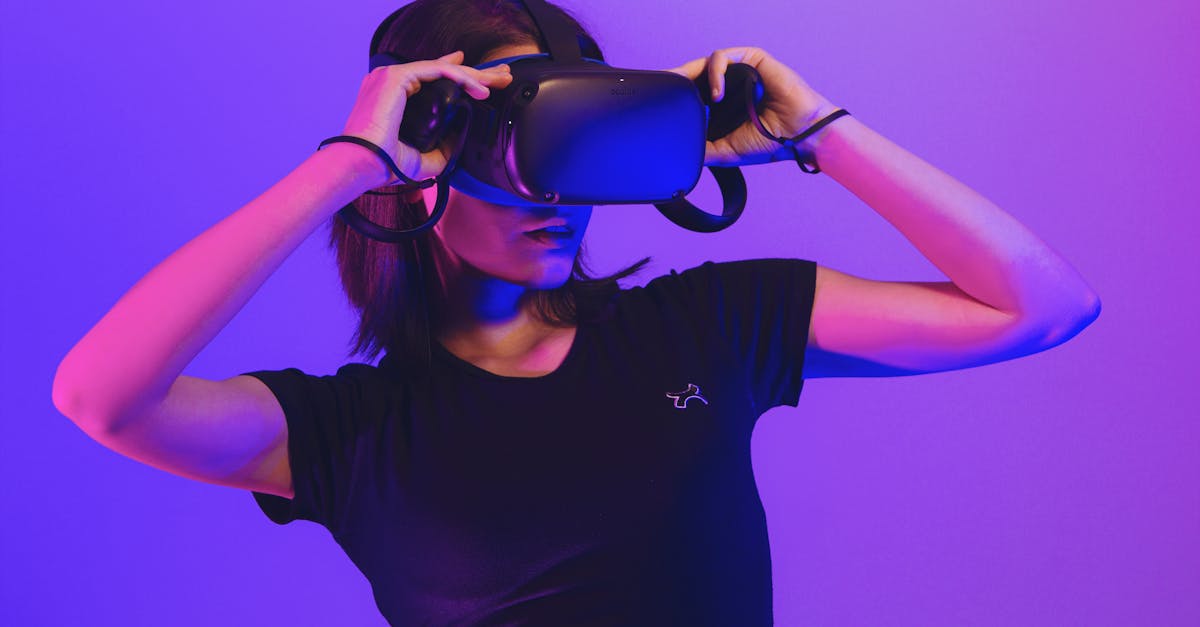Immersive Podcast Innovations 2025
Introduction
The world of podcasting is on the brink of an audio revolution, driven by innovative technologies and fresh storytelling formats that promise to enhance listening experiences. As global audiences crave more engaging and interactive content, creators are exploring new avenues to captivate and educate. The listener's journey is evolving, with podcasts now offering more immersive features than ever before. From augmented reality (AR) enhancements to AI-powered production, the landscape is quickly transforming. As we enter 2025, both seasoned podcasters and newcomers are leveraging these advancements to redefine the realm of audio storytelling. This article delves into the exciting podcast innovations set to change the way we consume audio content in the coming years.
Advertisement
Interactivity Takes Center Stage
In 2025, interactivity has become a cornerstone of podcast innovation, allowing listeners to engage more deeply with the content. Interactive elements such as polls, quizzes, and feedback loops encourage audience participation, making listeners feel like they're part of the show's narrative. Some podcasts now offer branching narratives, where decisions made by the audience can alter the course of the story, similar to interactive movies. These features not only increase listener retention but also foster a community-like atmosphere. Moreover, creators can leverage data from these interactions to tailor content, offering personalized experiences that resonate with the listener's preferences.
Advertisement
The Rise of 3D Audio
3D audio technology is becoming a game-changer in the podcasting world, creating spatially immersive audio experiences. By using binaural recording techniques, sound is captured and distributed in a way that mimics real-life hearing, surrounding the listener with high-quality, directional audio. This technology has proven especially effective in storytelling and fictional podcasts, where spatial audio can make scenes feel incredibly lifelike. The impact of 3D audio extends to educational content too, where complex concepts can be better understood through immersive demonstrations. As equipment becomes more affordable, podcasters across genres are adopting 3D audio to captivate audiences like never before.
Advertisement
Augmented Reality Integration
Immersive podcasts are beginning to explore augmented reality (AR) to expand the boundaries of audio content. Using AR, listeners can visualize scenes, characters, or data in their real-world environment while listening, creating a multi-sensory experience. For instance, a history podcast might provide AR visuals of artifacts being discussed, while a science show could demonstrate experiments alongside the narration. The blending of audio and visual elements in real-time enhances comprehension and engagement, offering a richer, more captivating storytelling medium. This innovation is expected to be particularly transformative for educational and documentary-style podcasts.
Advertisement
AI and Machine Learning
AI and machine learning technologies are reshaping podcast production processes, offering unprecedented efficiency and creativity. AI-driven tools can assist podcasters by automating transcription, editing, and sound mixing, significantly reducing the time and resources required to produce high-quality episodes. Machine learning algorithms can analyze listener data, provide insights on audience preferences, and recommend content improvements. Additionally, AI can assist in generating synthetic voices for characters or assistive narration, broadening the scope of narrative possibilities. By streamlining production and enhancing creativity, AI technologies are enabling podcasters to focus on developing engaging content.
Advertisement
Personalized Listening Experiences
The future of podcasting is personalized, thanks to advancements in AI-driven recommendation systems and adaptive content delivery. By analyzing listener behavior and preferences, these systems curate tailor-made playlists, recommending shows based on individual tastes. Moreover, listeners can adjust playback settings such as speed, voice style, and language, allowing a truly customized auditory experience. This personalized approach helps creators build deeper connections with their audiences, promoting loyalty and encouraging new discoveries. As the demand for customization grows, podcast platforms are constantly evolving to offer more intuitive and adaptive user interfaces.
Advertisement
Voice-Controlled Accessibility
Podcasts are increasingly integrating voice-controlled features to enhance accessibility and user interaction. With the growth of smart speakers and voice assistants, listeners can easily navigate through episodes, switch between series, adjust volume, or even skip advertisements through simple voice commands. This trend makes podcast content more accessible to individuals with disabilities and expands the potential reach to audiences not yet engaged with traditional podcast interfaces. As voice recognition technology improves, interactions will become more seamless, providing a hands-free podcast experience. This development represents a significant leap toward a more inclusive audio landscape.
Advertisement
Adapting to Cross-Platform Accessibility
Cross-platform distribution is becoming essential for maximizing podcast reach and accessibility in 2025. Podcasts are now designed for various devices, including smartphones, smart speakers, tablets, and even in-car entertainment systems, ensuring listeners can enjoy their favorite shows anytime, anywhere. These developments align with the increasing trend of multi-device use, as listeners demand flexibility in content consumption. Platforms are now focusing on synchronized play across devices, enabling listeners to pick up exactly where they left off, regardless of the device used. This flexibility enhances user satisfaction and engages listeners consistently across different contexts.
Advertisement
New Monetization Models
The evolving ecosystem of podcasting is spurring fresh monetization opportunities for creators. Beyond traditional ad placements, outlets are exploring subscription models, allowing subscribers to access exclusive content. Some shows operate on a pay-per-episode basis, offering additional insights or bonus material. Podcasters are also incorporating branded content and merchandise sales within episodes. Additionally, blockchain technology is beginning to pave the way for transparent, decentralized monetization avenues. These diverse models provide creators flexibility in generating revenue while offering listeners more value-added experiences. As podcasts continue to thrive, innovative monetization strategies will further fuel industry growth.
Advertisement
Conclusion
As we forge ahead into 2025, the innovations shaping the future of podcasting are as varied as they are exciting. From interactivity to AR integration, these advancements promise to elevate listener engagement and redefine storytelling possibilities. As technologies continue to evolve, creators and platforms must adapt to harness the full potential of these developments. The resultant personalized and immersive experiences will undoubtedly enhance podcasting’s appeal across diverse audiences. With continued experimentation and adoption of new technologies, the future of podcasting is bright, offering endless opportunities to explore the power of audio.
Advertisement







